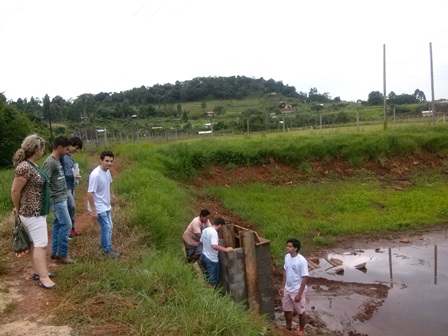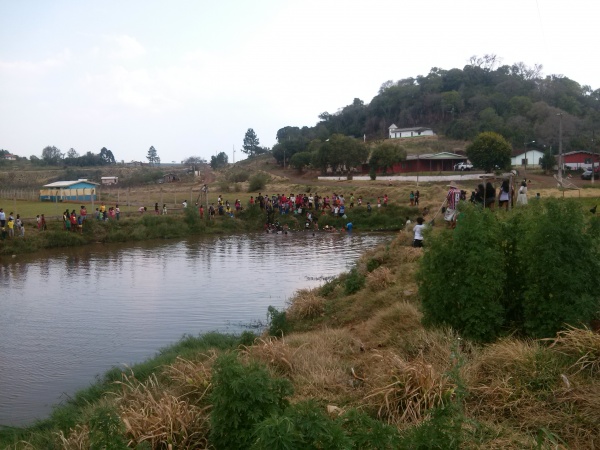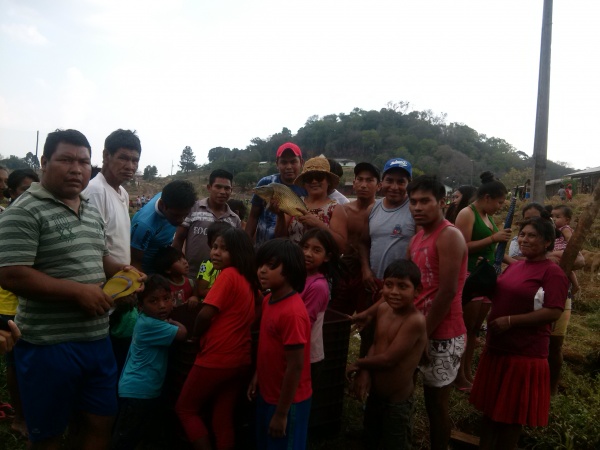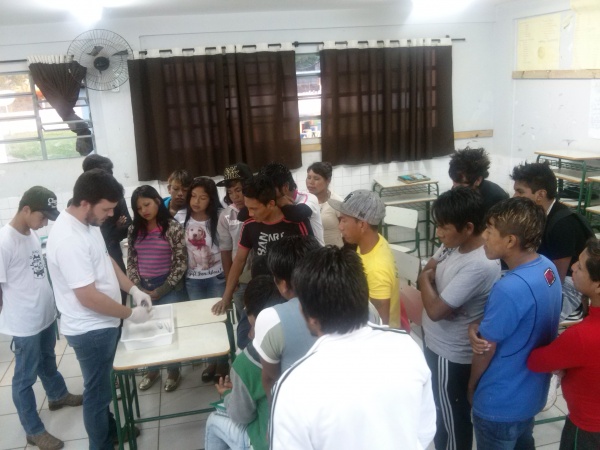Fish farming in Rio das Cobras Indigenous Land, State of Paraná, Brazil
30.05.2018
-
SUBMITTED ORGANISATION :
-
Universidade Federal da Fronteira Sul (UFFS)
-
DATE OF SUBMISSION :
-
30/05/2018
-
REGION :
-
South America
-
COUNTRY :
-
Brazil (State of Paraná)
-
SUMMARY :
-
The land is of collective use and property of the state. Most of the locals’ income comes from handicrafts, a few agriculture production. They are used to fish with “Pari”, a trap made with bamboo to catch fish, which is then usually cooked roasted with corn, a basic food item for these communities. We aim to introduce fish farming as an activity that will contribute to food security and enhance fish consumption in Rio das Cobras Indigenous Land to 12 kg.person.year and enable youngsters from these communities to learn and share best management practices of fish farming production within the community. The main result is the implementation of fish farming as an activity in the communities. A system of harvesting and stocking procedures will be going on for at least two more years as well as training courses for students. In terms of capacity building this project has allowed members from the Rio das Cobras Indigenous Land to have greater involvement with the University and develop applied research within their territory.
-
KEYWORD :
-
Aquaculture, food security, training courses, pond management
-
AUTHOR:
-
Betina Muelbert, Maude Regina de Borba, Marcos Weingartner and Cristiano Augusto Durat are Professors at Universidade Federal da Fronteira Sul, Brazil with experience in freshwater fish production systems, nutrition, reproduction and Indigenous History, respectively. Ilda Cornélio holds a Master in Agroecology and Sustainable Rural Development and is a resident of the Rio das Cobras Indigenous Land.
-
LINK:





